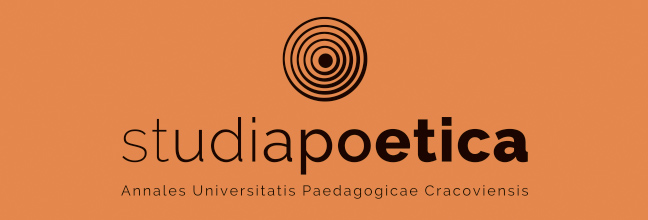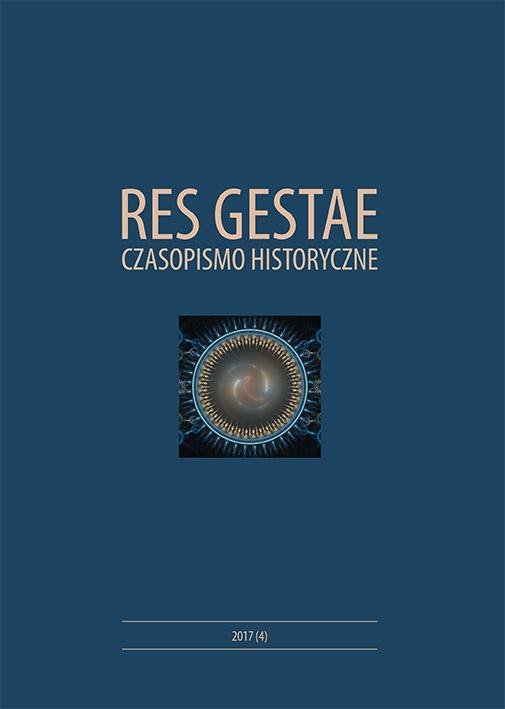Krajinská hranica medzi Slovenskom a Podkarpatskou Rusou a jej odraz v interetnických vzťahoch (1919–1939)
Main Article Content
Abstract
The 1918 break-up of Austro-Hungary was welcomed by most Slovaks and Rusyns. Gaining national freedom for both these Slavic nations in a new country - the Czechoslovak Republic - however, paradoxically, ended their existing mutual support and cooperation. The territory that Slovaks and Rusyns used to share was now, in the Czechoslovak Republic, divided by a national border. Although it only had an administrative function both on the map of Czechoslovakia and in the state government, in peoples’ (Slovak and Rusyn) minds it meant an actual barrier fulfilling its stated mission - division. The main problem of the national border in the interwar period laid in its location. Rusyns wished for it to be more westerly, as was determined by the Paris Peace Conference, and, thereby, for Subcarpathian Rus’ to gain the territory of north-eastern Slovakia where Rusyns also lived, while Slovaks were strongly opposed, as it concerned an ethnically mixed territory and included Slovak inhabitants.
Article Details
How to Cite
Švorc, P. (2018). Krajinská hranica medzi Slovenskom a Podkarpatskou Rusou a jej odraz v interetnických vzťahoch (1919–1939). Res Gestae. Historical Journal, 4, 165–180. Retrieved from https://resgestae.uken.krakow.pl/article/view/4040
Section
Articles
|

